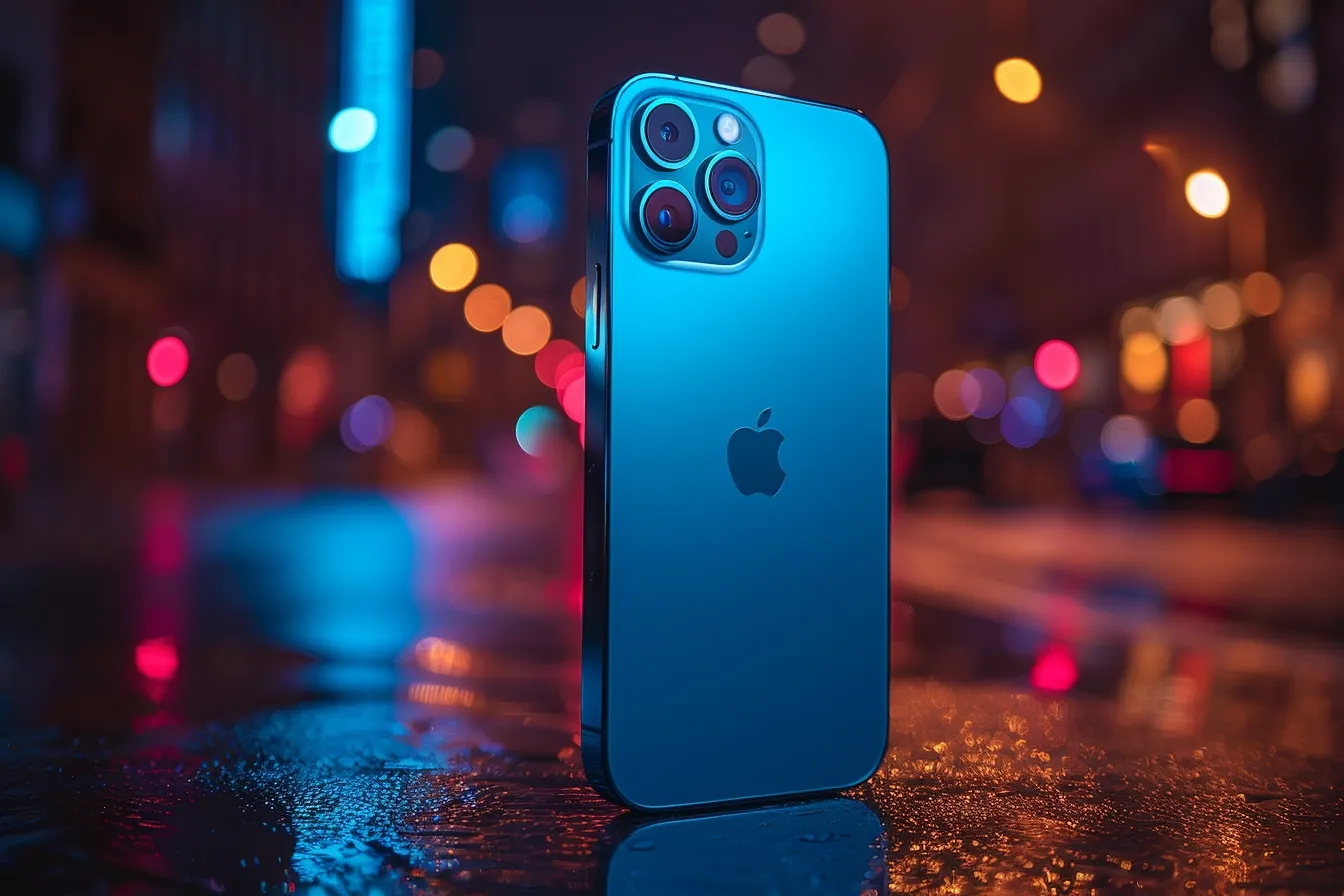In the dynamic business environment of today, brand transformation is a critical tactic for organizations looking to revitalize their image, expand their customer base, and boost their competitiveness. Let us explore eight fascinating case studies of brand change, showing how well-known businesses have successfully negotiated the challenges of restructuring and rebranding. Readers will obtain an understanding of the strategic choices, difficulties, and results of successful brand transformation initiatives through these instances.


Case Study #1: Apple’s Transformation
Apple’s transformation from a failing computer business in the late 1990s to a household name in consumer electronics exemplifies how effective it is to influence how people perceive your brand. With Steve Jobs at the helm, Apple decided to branch out from merely creating computers and began producing a broader range of products that everyone desired, such as the iPod, iPhone, and iPad. This modification was not limited to the items; they also revamped their brand, making everything seem slick and easy to use. The “Think Different” ad campaign exemplified this transition by demonstrating that Apple was all about thinking in new and innovative ways. Because of all of this, Apple rebounded back big time, becoming extremely popular.


Case Study #2: Old Spice’s Image Revamp
Old Spice, once seen as a brand for an older generation, dramatically transformed its image to appeal to younger consumers. In 2010, the “Smell Like a Man, Man” campaign, featuring the charismatic Isaiah Mustafa, catapulted Old Spice into the social media limelight. The humorous and viral nature of the campaign, combined with the strategic use of social media to engage with a younger audience, successfully redefined Old Spice as a contemporary, bold brand. This transformation not only boosted sales but also revitalized the brand’s image, proving the effectiveness of creative branding and digital engagement in reaching new demographics.


Case Study #3: Burberry’s Digital and Brand Makeover
Burberry’s transformation in the early 2000s is a prime example of how traditional luxury brands can adapt to the digital age while rejuvenating their brand image. Once associated with a somewhat outdated Britishness and a counterfeit-heavy market presence, Burberry, under the guidance of then-CEO Angela Ahrendts and Chief Creative Officer Christopher Bailey, embraced digital innovation and refreshed its brand identity. By live streaming fashion shows, engaging consumers through social media, and updating its classic designs with a modern twist, Burberry successfully attracted a younger, more fashionable demographic. This strategy adjustment not only improved Burberry’s brand reputation but also greatly boosted its global market presence and revenues.
Explore more about the role of social media for maximum impact on brand strategy:


Case Study #4: Netflix’s Evolution from DVD Rentals to Streaming Giant
Netflix’s journey from a mail-order DVD rental service to a leader in online streaming and original content is a landmark example of brand transformation through business model innovation. Recognizing the potential of streaming technology and changing consumer preferences, Netflix pivoted its business strategy to focus on online streaming. This shift required not just a change in the operational model but also a rebranding effort that highlighted convenience, a wide range of content, and original programming. The strategic decision not only shook the entertainment sector but also cemented Netflix’s reputation as a forward-thinking, inventive brand, significantly extending its global customer base.


Case Study #5: LEGO’s Remarkable Turnaround
LEGO’s near-bankruptcy in the early 2000s to becoming the world’s leading toy company is a story of strategic brand transformation focusing on core strengths and customer engagement. Faced with financial troubles and waning interest from children, LEGO refocused on its iconic building blocks, while expanding into digital games, movies, and theme parks to create an integrated brand experience. Collaborations with popular franchises like Star Wars and Harry Potter also reinvigorated the brand, making it relevant for both children and adults. LEGO’s turnaround strategy, rooted in understanding and leveraging its brand heritage while innovating for new generations, demonstrates the importance of adaptability and customer-centricity in revitalizing a brand.


Case Study #6: Gucci’s Revitalization in the Fashion Industry
Under Alessandro Michele’s creative supervision, Gucci experienced a major brand change that reinstated the company’s status as a luxury fashion market leader. Before Michele took over in 2015, Gucci was viewed as stagnant, with designs that failed to catch the imagination of a younger population or reflect the progressive principles that are becoming increasingly vital to premium shoppers.
Michele’s concept for Gucci differed dramatically from his predecessors’. He pioneered a new aesthetic that was eclectic, bold, and inclusive, fusing historical allusions with modern culture in an avant-garde yet approachable manner. This new orientation extended beyond product design; Michele and the Gucci team redesigned the brand’s marketing methods to correspond with the digital age, utilizing social media platforms, influencer marketing, and digital storytelling to interact with a worldwide audience.
Uncover storytelling techniques to elevate your brand strategy:
The makeover also emphasized principles vital to younger customers, such as environmentalism, diversity, and inclusion. Gucci began steps to lessen its environmental effect and support social issues, reinforcing its image as a socially responsible business rather than merely a fashion icon.
The impact of this full brand change was significant. Gucci saw a rebound in appeal and revenues, drawing a new generation of clients while revitalizing its present clientele. The company’s strong, inclusive, and socially aware image resonated throughout the fashion industry, establishing a new standard for luxury businesses and demonstrating the effectiveness of connecting corporate identification with current cultural and social ideals.


Case Study #7: Domino’s Pizza’s Honest Turnaround
In 2009, Domino’s Pizza undertook an unprecedented brand transformation by acknowledging its product’s poor quality in response to widespread consumer criticism. The “Oh Yes We Did” campaign marked a radical shift in strategy, as Domino’s publicly admitted its shortcomings and committed to a complete overhaul of its pizza recipe. This honest approach extended to a broader brand refresh, including transparent communication, menu expansion, and significant improvements in customer service and delivery technology. The result was a dramatic increase in sales and a restored public image, showcasing the effectiveness of transparency and customer feedback in brand rejuvenation.
Read more about the customer feedback in branding:


Case Study #8: Microsoft’s Changes Under Satya Nadella
Microsoft’s shift since Satya Nadella took over as CEO in 2014 exemplifies the influence of leadership and cultural change on a brand’s evolution. Moving away from a predominantly Windows-centric strategy, Nadella refocused Microsoft on cloud computing, artificial intelligence, and cross-platform services. This strategy pivot was accompanied by a cultural shift towards openness, cooperation, and creativity, which called into question the company’s formerly competitive internal culture. Nadella’s emphasis on “hitting refresh” on the brand’s identity and mission has resulted in tremendous growth in new markets, reinventing Microsoft as a cloud services leader and a corporation dedicated to inspiring individuals and organizations to accomplish more.
The Power of Brand Transformation
The eight case studies featured in this article demonstrate the many methods and techniques that brands may use to meet the difficulties of a fast-changing market landscape. From recognizing and fixing product defects to embracing digital innovation and adapting to altering consumer attitudes, these firms illustrate the significance of flexibility, customer involvement, and strong leadership in brand change.
Study the important tips for building an iconic brand:
Apple’s focus on innovation, Old Spice’s creative rebranding, Burberry’s digital savviness, Netflix’s business model evolution, LEGO’s return to core values, Gucci’s aesthetic reinvention, Domino’s honest communication, and Microsoft’s cultural and strategic pivot each provide valuable lessons for brands looking to undergo their transformations. Whether through redefining product offerings, leveraging technology, or reimagining brand identity, the key to successful transformation lies in a deep understanding of customer needs, bold strategic decisions, and the courage to embrace change.

As businesses continue to face an ever-evolving competitive environment, these case studies serve as inspiration and guidance, highlighting that with the right approach, brand transformation can lead to renewed relevance, growth, and success in the modern marketplace.
Have more in-depth knowledge about the rebranding need and signs of rebranding:



